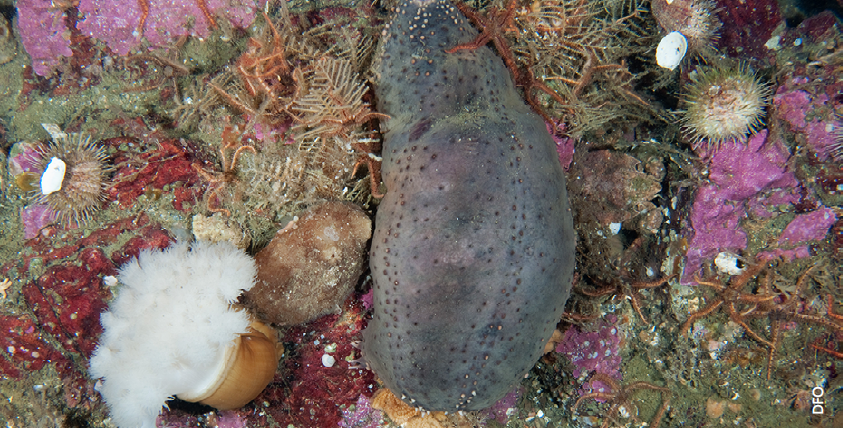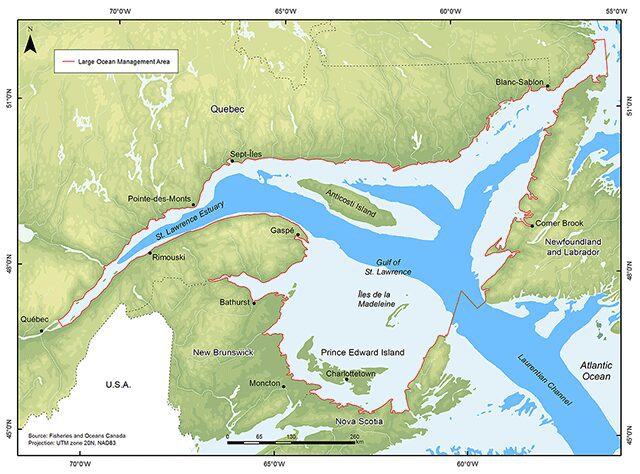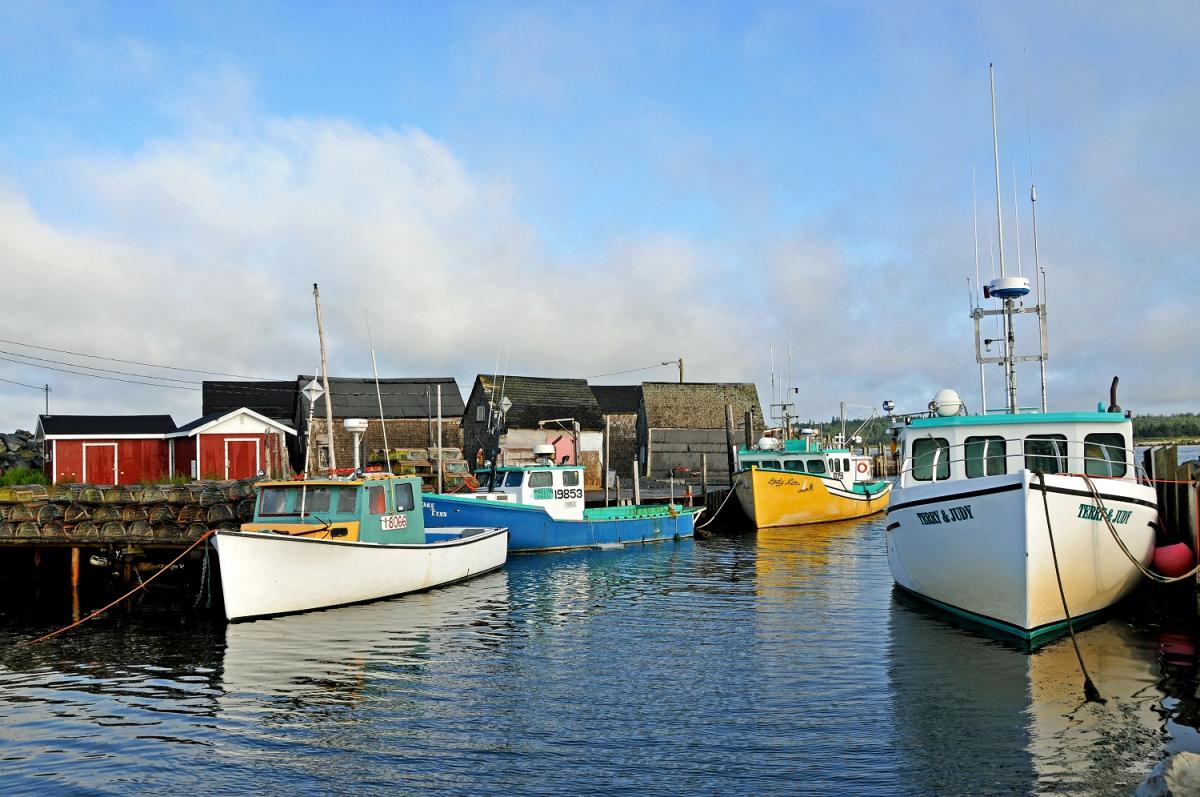February 16, 2017
The Wonders of the Gulf of St. Lawrence
Estimated reading time: 0 minutes
The Gulf of St. Lawrence is an incredibly diverse and complex marine and estuary ecosystem and is one of the largest of its kind in the world. It’s a busy and productive part of the ocean that has unique species, some that live there year-round, and others, like whales, which travel long distances just to visit this special spot. The area is made up of freshwater from the Canadian Shield, the Great Lakes basin and the St. Lawrence River system emptying out into the Atlantic Ocean, where it combines with the cold Labrador Current from the Arctic and the warm Gulf Stream from the tropics. All of these currents merge in a semi-enclosed and mostly shallow area, creating the perfect conditions for incredible diversity of life.

This area isn’t just important to marine life. People have also relied on the Gulf of St. Lawrence for thousands of years. Throughout history, Indigenous communities, and later European settlers, depended on it for food, transportation and as a source of cultural significance. Even today, people in what is now Canada continue to look to the Gulf of St. Lawrence and the St. Lawrence Estuary as an important part of our history, recreation and livelihood.

Credit: Fisheries and Oceans Canada
Unfortunately, the use of this marine ecosystem has put pressure on it, destroying habitat, causing pollution and overexploiting species to the point where some have collapsed, such as Atlantic cod. Construction along the coast, the use of destructive fishing practices like bottom trawling, the accumulation of contaminants from industry and agriculture and overfishing all threaten this vital ecosystem and the many Canadians who rely on it.

Credit: Dennis Jarvis
Despite its historical, cultural and economic significance, there is still a lot we don’t know about the Gulf of St. Lawrence. More research is needed to better understand the area so that we can protect it. This summer, Oceana Canada is setting off on an expedition to explore areas throughout the Gulf of St. Lawrence. The expedition will collect information on the species that live in this ecosystem to help us understand the types of habitat they rely on. We’ll be using the incredible and world-renowned remotely-operated vehicle, ROPOS, to conduct surveys and collect vital information. Watch a video of a remotely operated vehicle here.
Research is incredibly important for the future health of the oceans. It is only through studying ecosystems, like the Gulf of St. Lawrence and the species that depend on it, that we can protect the oceans and find ways to make them as healthy and abundant as they once were. The future of the oceans, and the people that depend on this ecosystem to provide them with food, need us to take better care of the oceans.
Find out more about Oceana Canada’s expedition to the Gulf of St. Lawrence and become a Wavemaker to get the latest updates on protecting the oceans off the coast of Canada.

